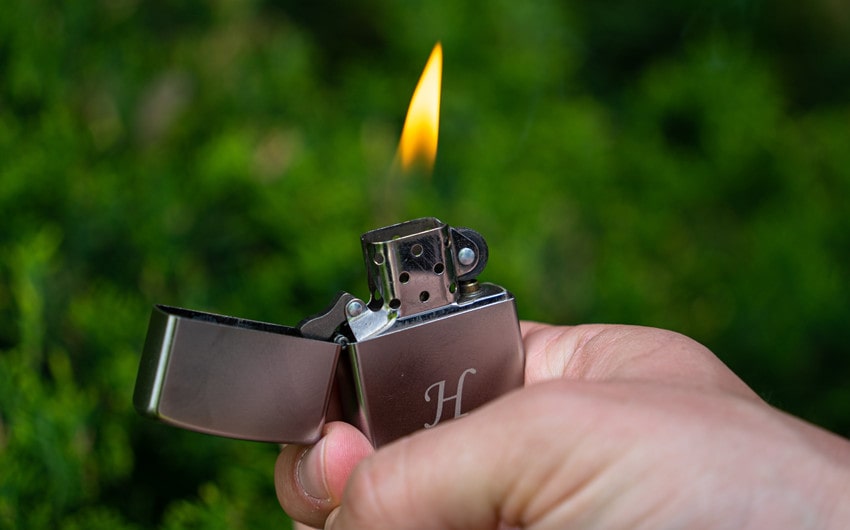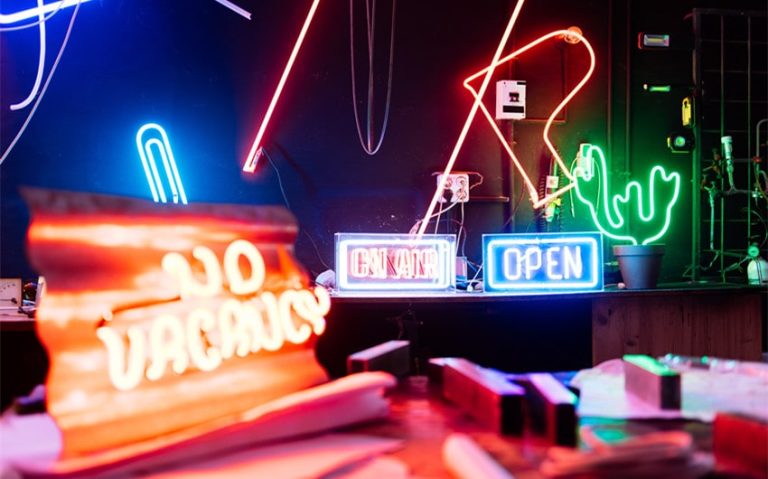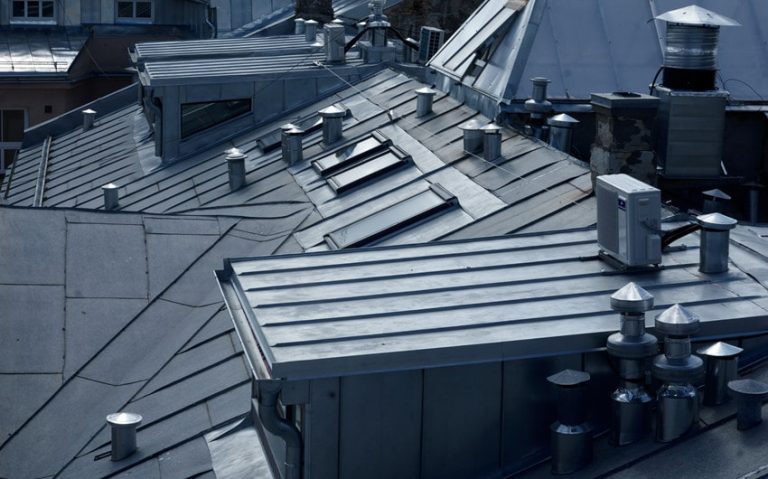How Hot is Fire from a Lighter? A Comprehensive Guide
Ever wondered about the temperature of a lighter flame? Whether you’re lighting candles, starting a campfire, or just curious, it’s interesting to know. The question “how hot is fire from a lighter?” often pops up. The answer is quite hot—standard butane lighters can reach up to 1,995°F (1,090°C), while torch lighters burn even hotter. In this article, we’ll explore the different types of lighters, their temperatures, and practical uses to keep in mind.
Types of Lighters
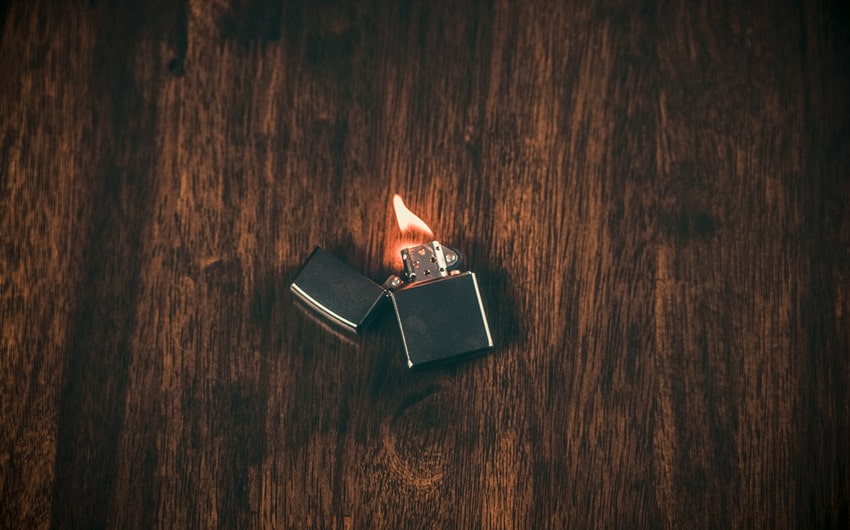
Lighters come in various types, each designed for specific uses and preferences. Understanding the different types can help you choose the right lighter for your needs, whether for everyday tasks, outdoor adventures, or specialized projects.
1. Disposable Lighters
Disposable lighters are the most common type, found in convenience stores and supermarkets. Designed for short-term use, they are typically made of plastic and use butane fuel. Their simple ignition mechanism involves a striker wheel and flint.
These lighters are popular for everyday tasks like lighting candles and cigarettes. However, they are less environmentally friendly since they are discarded after the fuel is exhausted.
2. Refillable Lighters
Refillable lighters are designed for long-term use and can be refilled with butane or naphtha. They are more durable and stylish, often featuring metal bodies. Brands like Zippo and Clipper are known for their reliability and ability to withstand various weather conditions. These lighters are popular among smokers and outdoor enthusiasts due to their durability and sustainability.
3. Torch Lighters
Torch lighters produce a high-temperature, wind-resistant flame, ideal for tasks requiring a strong heat source. They use butane fuel and feature a piezoelectric ignition system that generates a spark when a button is pressed.
Commonly used for lighting cigars, camping, and DIY projects, their powerful flame can reach higher temperatures than standard lighters, making them useful for precision tasks.
4. Electric Lighters
Electric lighters use an electric arc instead of a traditional flame. They are rechargeable via USB and are windproof, making them convenient and eco-friendly. When a button is pressed, a high-voltage current flows between two electrodes, creating a visible arc that can ignite most combustible materials.
Suitable for lighting candles, stoves, and general household use, their flameless design reduces the risk of accidental burns.
How Do Lighters Work?
Understanding how lighters work involves looking at the types of fuel they use. The two most common fuels for lighters are butane and naphtha, each with its own properties and uses.
Butane
Butane is the most widely used fuel in disposable and refillable lighters. It is a highly flammable, colorless gas that is easily liquefied. When ignited, butane produces a steady and reliable flame. This makes it ideal for everyday tasks such as lighting candles, cigarettes, and small fires. Butane lighters are convenient and easy to use, providing a consistent flame with minimal effort.
Naphtha
Naphtha is commonly used in Zippo-style lighters. It is a flammable liquid hydrocarbon mixture that burns with a bright, strong flame. Naphtha lighters are known for their quick ignition and reliability, even in challenging weather conditions.
This fuel type is favored for its performance and durability, making it suitable for outdoor activities and survival situations. Naphtha’s ability to light quickly and maintain a strong flame makes it a popular choice for those needing a dependable lighter.
How Hot Are Lighter Flames?
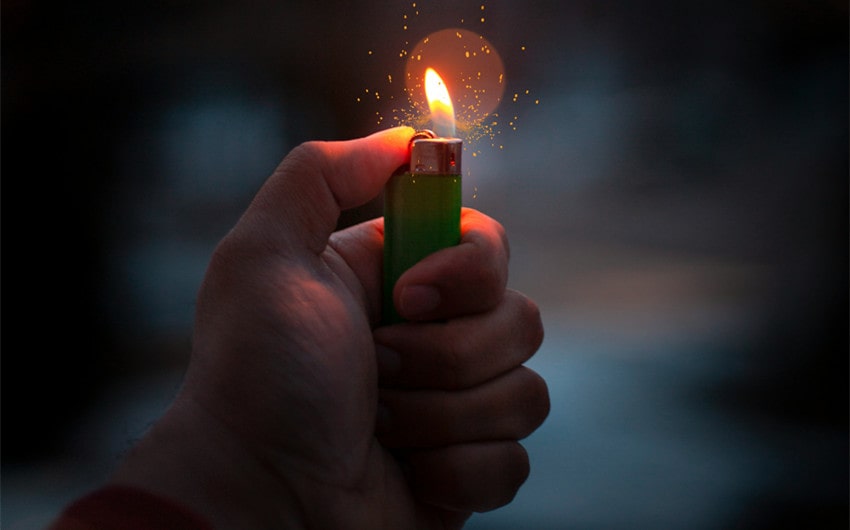
The temperature of lighter flames can vary significantly depending on the type of lighter being used. Knowing the heat output of different lighters can help you choose the right one for your specific needs, whether for lighting a candle or performing precise DIY tasks.
Standard Butane Lighters
Standard butane lighters, which are commonly found in convenience stores, typically produce a flame that reaches temperatures between 1,970°F (1,077°C) and 1,995°F (1,090°C). These lighters are suitable for everyday tasks such as lighting cigarettes, candles, and small fires. Their moderate flame temperature is sufficient for most casual uses, making them a convenient choice for general purposes.
Torch Lighters
Torch lighters, also known as jet lighters, produce a much hotter and more concentrated flame compared to standard butane lighters. The flame temperature of torch lighters can range from 2,500°F (1,371°C) to 2,700°F (1,482°C).
This high temperature is achieved through a focused jet of butane gas mixed with air, creating an intense and wind-resistant flame. Torch lighters are ideal for tasks that require precision and higher heat, such as lighting cigars, performing soldering work, or starting a campfire in windy conditions.
Electric Lighters
While electric lighters do not produce a traditional flame, they generate an electric arc that can reach temperatures of around 1,100°F (593°C) to 1,300°F (704°C). The electric arc is hot enough to ignite most combustible materials, making electric lighters a modern and windproof alternative to traditional lighters.
Their flameless operation reduces the risk of accidental burns, making them a safe and convenient option for lighting candles, stoves, and other household items.
Practical Applications
Lighters are versatile tools that serve various practical applications in daily life, outdoor adventures, and specialized tasks. Here are some common uses for different types of lighters:
1. Everyday Uses
- Lighting Candles: Whether for ambiance, relaxation, or power outages, lighters are commonly used to light candles. Standard butane lighters are perfect for this purpose, providing a steady flame that easily ignites candle wicks.
- Lighting Cigarettes and Cigars: Disposable and refillable lighters are frequently used by smokers to light cigarettes and cigars. Torch lighters are particularly favored for lighting cigars due to their high-temperature, wind-resistant flame, ensuring an even light. If you’re planning to unwind with grand Rocky Patel cigars, a torch lighter provides the ideal flame to evenly toast the foot, preserving the cigar’s flavor and integrity.
- Starting Stoves and Gas Grills: Lighters are essential tools in kitchens and outdoor cooking areas for igniting gas stoves and grills. The reliable flame of a butane lighter ensures a quick and safe start to cooking appliances.
2. Outdoor and Survival Uses
- Starting Campfires: In camping and survival situations, lighters are invaluable for starting campfires. Torch lighters, with their wind-resistant flames, are especially useful in adverse weather conditions, ensuring that a fire can be started quickly and efficiently.
- Lighting Fireworks: During celebrations and events, lighters are commonly used to ignite fireworks. The precision and safety offered by torch lighters make them ideal for this purpose, providing a reliable flame that can withstand outdoor conditions.
- Emergency Situations: In emergencies, such as being stranded or facing a power outage, lighters can provide a critical source of light and heat. They can be used to ignite signal fires, warm up food, or provide temporary lighting.
3. Specialized Uses
- Soldering and DIY Projects: Torch lighters are often used in DIY projects that require high heat, such as soldering wires, heat-shrinking tubing, or melting materials. The intense flame of a torch lighter ensures precise and effective application of heat.
- Crafting and Jewelry Making: In crafting and jewelry making, lighters can be used to fuse materials, shape metals, and add finishing touches to projects. The controlled flame of a refillable lighter or torch lighter provides the necessary precision for intricate work.
- Lab and Scientific Applications: In laboratory settings, lighters are used for sterilizing equipment, igniting burners, and conducting experiments that require a controlled flame. The reliability and high temperature of torch lighters make them suitable for these precise applications.
4. Household Uses
- Sealing Ribbons and Frayed Edges: Lighters can be used to seal the ends of ribbons, rope, or fabric to prevent fraying. A quick pass of a lighter flame over the edge melts the material slightly, creating a neat, sealed finish.
- Lighting Pilot Lights: Gas appliances such as water heaters, furnaces, and ovens often have pilot lights that need to be ignited. A standard butane lighter is a convenient tool for this task, providing a steady flame to light the pilot.

